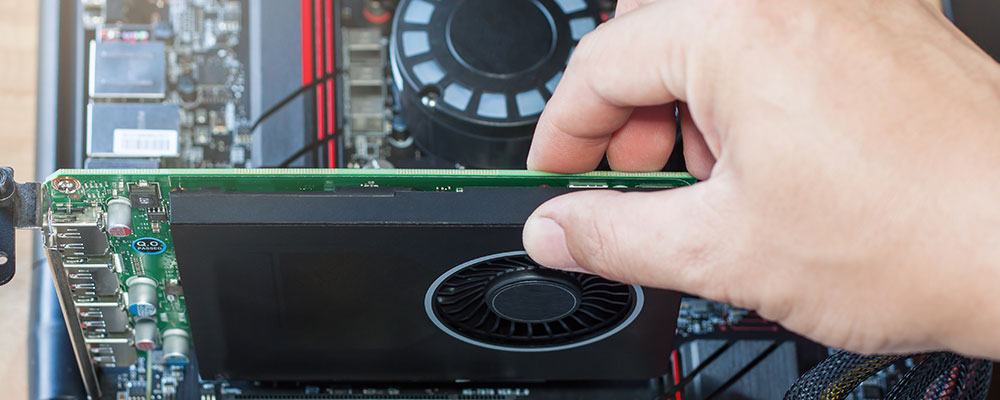
When it comes to running the newest games, a good graphics card is crucial. If your PC is struggling to keep up, it might be time to upgrade to a new graphics card. In this guide, you’ll learn exactly how to upgrade your graphics card the right way.
It’s not the kind of upgrade that absolutely has to be done every single time a new generation of cards release, but considering it every 2 generations would definitely be a good idea for starters.
That said, swapping out your old GPU for a new one isn’t as simple as just unplugging the old one and slapping the new one in. There are a few key points that you’re going to want to consider throughout the process, including before, during, and after the upgrade.
Upgrading your GPU – Points to consider in the Replacement Process
Upgrading your GPU isn’t the most involved process ever, but it does take a little bit of forethought so you’re not putting yourself into a problematic position. Not considering these points could result in you buying a new graphics card that’s not supported by your system, one that won’t fit in your case, one that’s not a worthwhile upgrade, or even breaking things!
So, let’s avoid all of that and consider these points before upgrading your GPU. Might as well spend 5 minutes reading now so you can save yourself the hassle of potentially wasting hundreds of dollars down the road!
Is it a good upgrade?
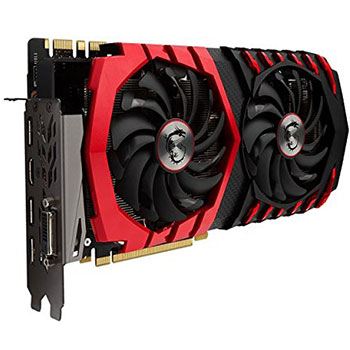 Before doing anything, you want to make sure that you have good options for upgrades. I’m not necessarily talking about a good as in quality (which is important too), but a card that’s actually going to give you a performance increase worth paying money for – or the performance you’re expecting.
Before doing anything, you want to make sure that you have good options for upgrades. I’m not necessarily talking about a good as in quality (which is important too), but a card that’s actually going to give you a performance increase worth paying money for – or the performance you’re expecting.
If you have an older GPU, like an AMD R7/R9 or Nvidia GTX 700-900 series or older, finding a good upgrade is pretty straight-forward. All of the newest graphics cards (Nvidia GTX 10-series and AMD RX 500-series) will work as great upgrades to their predecessors. The GTX 1060 will be a good upgrade to a GTX 960 or even a GTX 780 and an RX 570 would be a good upgrade for a R7 370, etc.
But, if you have a newer GPU out of the most recent line up of cards, then you’re going to have a tougher time finding a good upgrade. Generally speaking, your best bet is waiting for the next generation of GPUs unless you’re upgrading from the bottom of the pack to somewhere around the top (like a GTX 1050 -> GTX 1070/1080).
Beyond upgrading out of necessity, you might be upgrading to support a higher resolution or pump out more frames per second. In that case, you really want to be doing your due diligence by scanning through benchmark videos of different cards. That way you’ll be able to see whether or not they’ll deliver the level of performance you’re hoping for.
Check your power supply
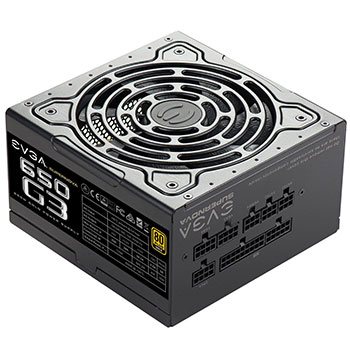 Once you’ve found an upgrade that’s worthwhile, it’s time to start making sure your system can actually support it without requiring further upgrades. The best place to start is going to be your power supply.
Once you’ve found an upgrade that’s worthwhile, it’s time to start making sure your system can actually support it without requiring further upgrades. The best place to start is going to be your power supply.
There’s really only 2 things you want to look for here. Whether or not your supply has a high enough wattage to support your new GPU, and if it has the appropriate connections you’ll need. This is especially important if you’re upgrading a prebuilt desktop as they generally have less-than-ideal power supplies with juuuust enough connections and wattage to support the base build.
To check your power supply, simply pop the “main” (usually left) side of your case open (remove your PSU shroud if necessary) and check the specs that should be clearly listed on your PSU – if there are no listed specs, this is something to worry about and you should consider upgrading that supply ASAP. The rated wattage (W) should be clearly listed on the side of your supply – it’ll likely be listed like “500W 80+ Bronze” or something along those lines. Sometimes it’ll be right in the model name like the “EVGA 500 BQ” which is a 500w power supply.
When it comes to connections, there are a variety you may need depending on the card you’re upgrading to. You might need 1x 6-pin, 2x 6-pin, 1x 6-pin + 1x 8-pin, 1x 8-pin, or even 2x 8-pin. You should be able to easily tell based on pics of the card you’re upgrading to. Generally speaking, you should be able to see how many connections and what pin config you need right on the outside of the card.
Will it fit?
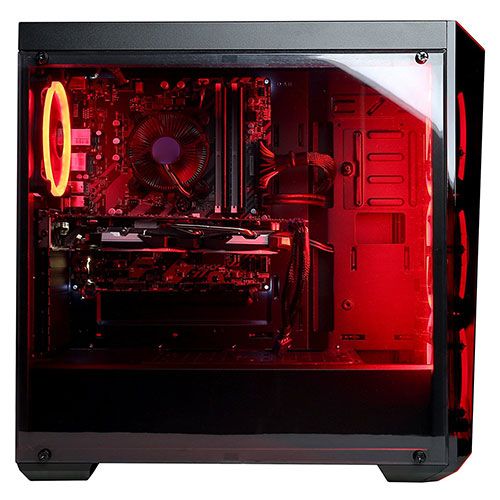 Whether or not your new GPU will fit inside of your case is just as important as whether or not your PSU can support it. However, this is a very easy thing to check and should only take 15-seconds tops.
Whether or not your new GPU will fit inside of your case is just as important as whether or not your PSU can support it. However, this is a very easy thing to check and should only take 15-seconds tops.
First, you want to make sure you have enough PCI slots. These are the long but short slots found on the back of your case – your current graphics card has its display connections poking through 1 or 2 of them right now. Most cards use 2 slots, however, some of the big high-end cards can easily require 3. The majority of cases are going to have enough slots to fit pretty much any GPU, but it’s worth double-checking regardless.
Next, will your card fit inside of your case? PCI slots are just one part of the equation, the inside measurements of your case and the length of your new card are the other. Some cases, especially smaller mATX cases or those used in cheaper prebuilt desktops, are very limited in their inside dimensions and might not support average sized GPUs. Other cases could have a double-decker bus parallel park inside of them without a problem. The length of your GPU will be clearly listed somewhere on its spec page, it’ll likely be somewhere between 8-13″ (200-330mm) long. As a general rule, if your case does not have a middle drive-bay then there’s probably nothing to worry about. Still, bust out the measuring tape and double check just because.
How to upgrade your graphics card
Now that you’ve determined your new GPU is a good upgrade, your power supply can support it, and that it’ll fit inside of your case, it’s time to upgrade!
The actual process of upgrading your graphics card can be broken down into 3 phases.
- Phase 1 is completely uninstalling your old GPU drivers.
- Phase 2 is removing your old GPU and installing the new
- Phase 3 is installing the latest drivers
It’s not a difficult process by any means and you’ll be completely done within 10-20 minutes at most.
1.) Removing your old GPU drivers
Old GPU drivers are easily the most overlooked part of a graphics card upgrade. Should you remove them? More often than not, yes. Do most people do it? Probably not the first time! Do they run into problems? More often than not, but not always.
Sometimes you can get away with simply unplugging the old card and plugging a new one in, particularly if they’re of the same brand (Nvidia -> Nvidia or AMD -> AMD) and of the same generation (GTX 1050 -> GTX 1080 or RX 560 -> RX 580).
Outside of situations like that, it’s not uncommon to run into problems if you don’t take care of the old drivers first. By taking care of them, I mean removing them entirely. Don’t worry, this isn’t as difficult nor as scary as it sounds.
BUT, before you remove your old drivers, it’s a really good idea to download the new drivers you’ll need.
Driver download pages:
To remove your old drivers manually:
- Bring up Add or Remove programs (click start and type “add remove” to find it quickly)
- Find your drivers within the list (sort the list alphabetically so it’s easier, they’ll be named either AMD or Nvidia depending on your GPU’s brand)
- Delete them all
- Turn off your PC
That’s one way to do it, but, the manual method isn’t usually the best and definitely not the easiest way.
The best way to remove your old GPU drivers is by using a program called Display Driver Uninstaller, or DDU for short. Using DDU is a very streamlined process, simply download and run the installer from Guru3D, run DDU, then click “Clean and Shutdown”.
Whichever method you choose, the end result is effectively the same. All that matters is your old drivers are removed and your PC is turned off so it’s ready for the next step.
2.) Swapping your graphics card
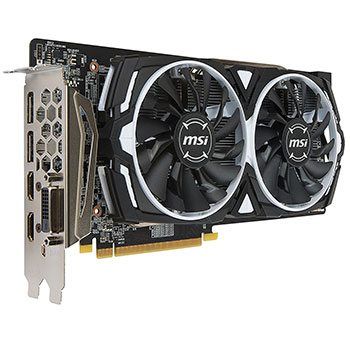 This part of the process is probably the easiest, but there are a couple of things you want to keep in mind so nothing ends up broken.
This part of the process is probably the easiest, but there are a couple of things you want to keep in mind so nothing ends up broken.
I think this first part goes without saying, but I’m going to say it anyway just because: make sure you unplug any power connectors to your GPU before removing it.
Moving on…
Remember the PCI slots we talked about earlier? Your current GPU is (more than likely) secured there using some kind of screw, it might be a thumbscrew you can just twist out or it might require a screwdriver. Either way, don’t forget to remove those screws (there could be more than one) before attempting to remove your GPU.
On top of the screws, most motherboards will have a little tab (usually plastic) found on the right-side of the PCIe slot that “locks” your GPU in place. Worst-case scenario, failing to release that tab can result in you ripping a PCIe slot off of your motherboard and rendering it useless – or you could (quite easily) damage your GPU. Thankfully, releasing that tab only requires a very minimal amount of force and shouldn’t cause a problem as long as you actually remember to release it.
Do not forget those points or you will not be able to remove your GPU from your motherboard without breaking something. Always handle your components with the utmost care and if you feel yourself becoming agitated just walk away for a minute – you wouldn’t want to accidentally break a $300 graphics card!
Installation is no different than removal, only it’s in reverse. “Assemble in reverse of disassemble.” Plug your new GPU in (don’t worry about the tab this time, it’ll click into place), with the power connectors, and then secure it to the PCI slots using the screws you just removed.
3.) Installing your new drivers
Woo, your new GPU is installed! But, it’s still not time to fire up and playany games, at least not yet. Chances are, you received a driver disc with your new GPU, but unless you do not have an internet connection (how are you reading this?!) simply ignore that disc and pretend it’s not even a thing. The drivers on that disc are old and outdated and you’ll have to update them to the latest drivers – might as well skip a step and save some time!
Now, time to fire up your PC! Don’t worry if your display looks a little funny, it’s normal and will be fixed soon.
If you didn’t download your new drivers before uninstalling the old, now is the time to do that. Depending on whether you bought an AMD card or an Nvidia card, you’ll want to navigate yourself to the appropriate website to download the most recent drivers for your new graphics card.
Driver download pages:
Make sure you download the newest available version of drivers for your GPU. Once your drivers are done downloading you’re free to install them.
After the installation process, restart your PC once more. Once it finishes rebooting, you’re good to go and play to your heart’s content! Your old graphics card was completely removed and your new one has successfully taken its place.
Conclusion
There you have it! That’s everything you should consider before, during, and after upgrading your graphics card – and then some.
The key points you want to remember are:
- Double-check your PSU connections and wattage – Will it support the new card?
- Check your case dimensions – Do you have enough room?
- Remove your old drivers before installing the new GPU
- Don’t forget about the slot screws and thumb-tab on the PCIe slot
- Ignore the driver disc, download the newest drivers online if possible
As long as you can keep those 5 ideas in the forefront of your mind while considering a graphics card upgrade, there’s nothing to worry about! Remember to take your time and be patient and your new GPU will have replaced your old, worn-out GPU in no time!
Frequently Asked Questions
When should you upgrade your GPU?
It’s time to upgrade to a new processor when you notice that you have to play games at lower settings so that your PC can keep up. The requirements of games evolve over time and therefore your GPUs need to evolve as well. A good rule of thumb is every 3 years, but it depends on the games you play and the settings you can tolerate.
Can you upgrade your graphics card?
You can update your graphics card if you have a PC. For Macbooks, it is not possible. You simply need to buy a graphics card (making sure it’s compatible with your system) and replace the old one.
Is replacing a graphics card easy?
Replacing a graphics card is pretty easy if you follow directions well. In this article, we take our time to explain the steps – rushing through them can cause headaches. If it’s your first time it can take 15 to 20 minutes, but if you’re familiar with PC parts it can take 5.
Should I upgrade my GPU or CPU first?
You want to upgrade your GPU first, especially if you are gaming since GPU’s handle the ability to show images and videos. CPUs help you perform a variety of tasks around general computer usage. If you find that the performance isn’t as expected after you upgrade to a new card you might need to upgrade to a new CPU to further improve performance.
If you have any questions about anything in this post, feel free to ask me in the comment section!
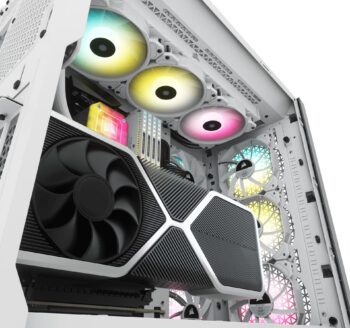

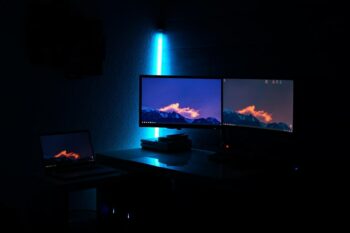
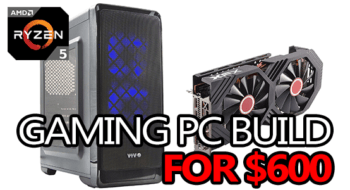
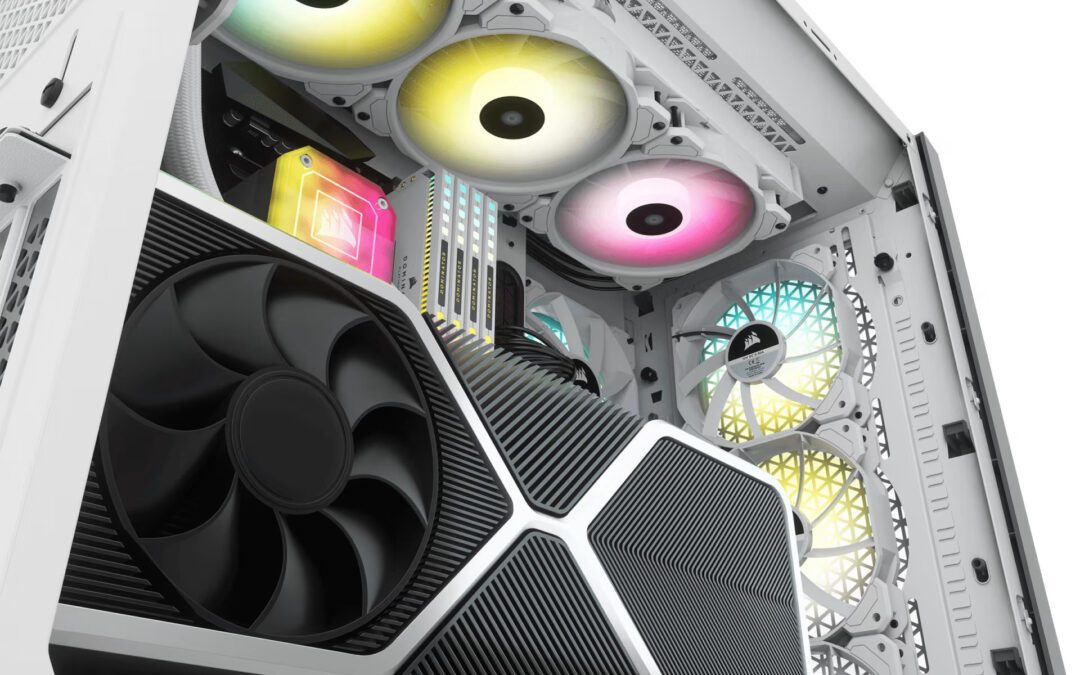
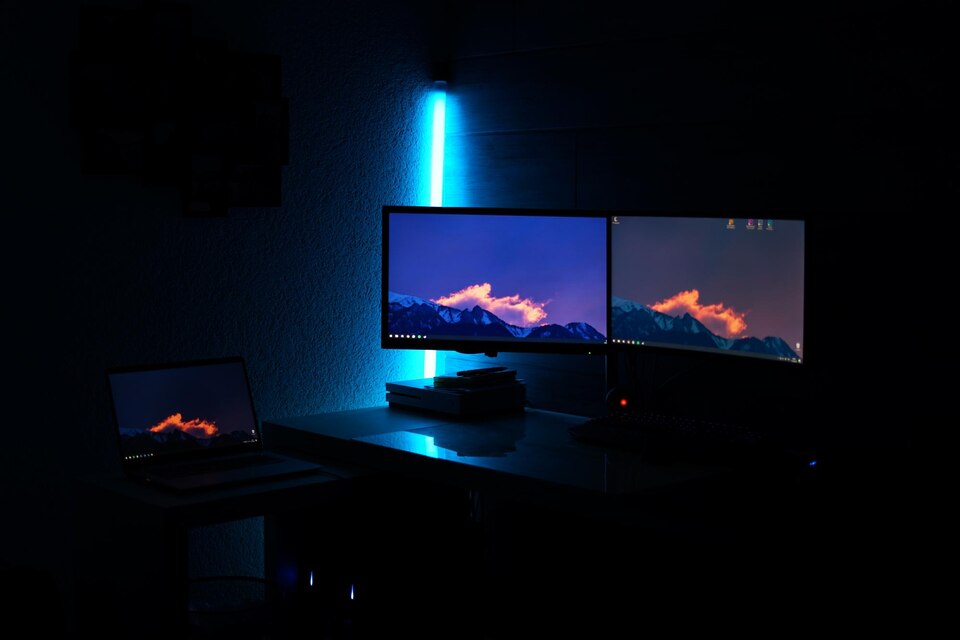
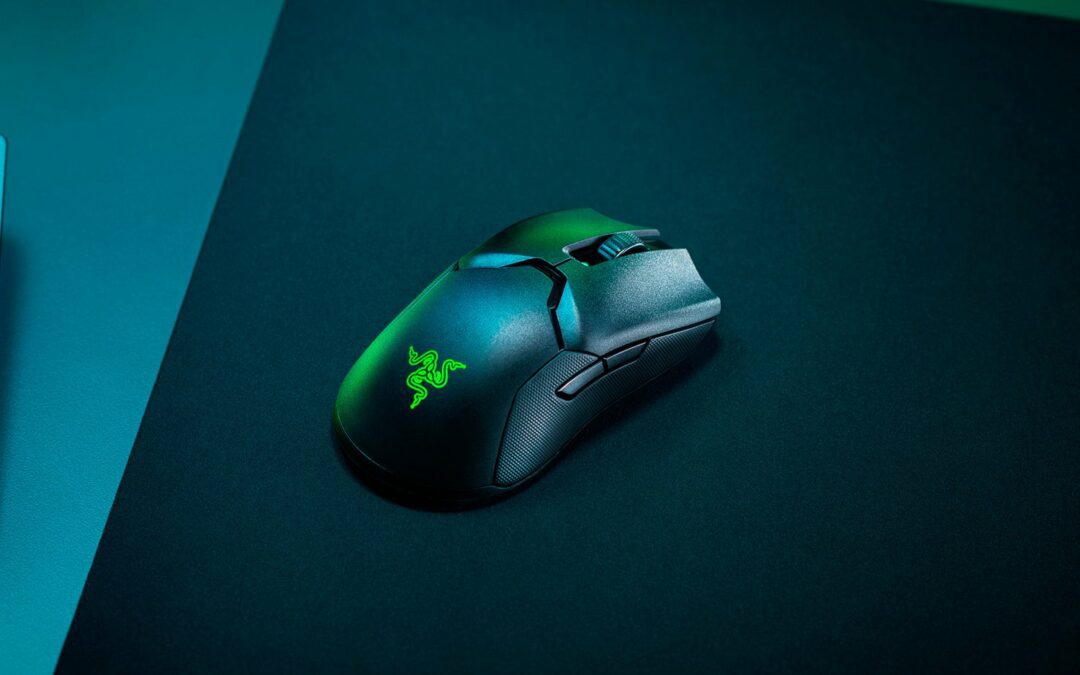
Thanks for an awesome post. But I think the first step should be
Check for Basic CompatibilityBefore you go shopping for a new graphics card, you need to limit the parameters of your search to the cards that your system can actually run. This isn’t as big a deal as you might think. Also you can check with it exactlly. If your computer has a free PCI-Express (PCI-E) slot and a decent power supply, it can probably run the lion’s share of modern graphics cards. Let’s start with that, why don’t we?